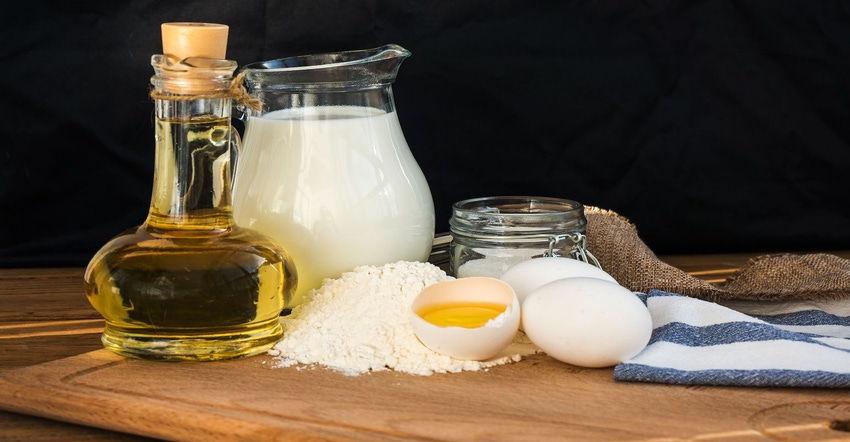Increased prices for dairy and vegetable oils along with supply chain constraints drove global food commodity prices higher in January, according to the latest data from the UN’s Food and Agriculture Organization (FAO).

The FAO Food Price Index, which tracks monthly changes in the international prices of commonly traded food commodities, averaged 135.7 points in January 2022, up 1.1% from December 2021, nearing it closer to its 2011 all-time high.
The Vegetable Oil Price Index averaged 185.9 points in January, up 4.2% month-on-month, marking an all-time high. Quotations for all major oils rose, also supported by rising crude oil prices. Palm oil prices were largely underpinned by concerns over a possible reduction in export availabilities from Indonesia, the world’s leading exporter, while soy oil prices were supported by robust import purchases, particularly from India, rapeseed oil prices were pushed up by lingering supply tightness, and sunflower seed oil quotations were impacted by supply tightness and surging global import demand.
Commenting on the latest vegetable oils price increase, Boubaker Ben-Belhassen, director of FAO’s Markets and Trade Division said: “Reduced export availabilities on top of other supply-side constraints, especially labor shortages and unfavorable weather, largely pushed vegetable oil prices up to an all-time high. There is a concern the impacts of these constraints will not ease quickly.”
The Cereal Price Index averaged 140.6 points in January, up 0.1% from December and 12.5% above its level one year ago. Maize export prices rose by 3.8% during the month, spurred by worries about persistent drought conditions in South America, while world wheat prices declined by 3.1% on the back of large harvests in Australia and Argentina. Lower harvests and steady purchases by Asian buyers led to a 3.1% monthly increase in international rice prices.
The Dairy Price Index averaged 132.1 points in January, up 2.4% from December 2021, marking the fifth consecutive monthly increase, and placing the index 18.7% above its value in the corresponding month last year. In January, price quotations for dairy products rose, with the steepest increases in skim milk powder and butter. Reduced export availabilities from Western Europe and below-average expectations for milk production in Oceania in the months ahead contributed to the tightening in global dairy markets, as did processing and transportation delays linked to COVID-19-related labor shortages.
The Sugar Price Index averaged 112.8 points in January, down 3.1% from December, marking the second consecutive monthly decline and the lowest level in the past six months. The January decline in international sugar price quotations was mostly related to favorable production prospects and good harvest progress in major exporters, India and Thailand, and improved rains in key growing areas of Brazil.
The Meat Price Index averaged 112.6 points in January, up slightly from December 2021, and pushing the index value 17.3% above its corresponding month a year ago. In January, bovine prices reached a new peak, underpinned by strong global import demand exceeding export supplies, mainly from Brazil and Oceania, reflecting lower cattle supplies for processing. Meanwhile, pig meat quotations rose slightly, as labor shortages and high input costs dampened global supply, countering the downward pressure from China's slowdown in imports.
About the Author(s)
You May Also Like






